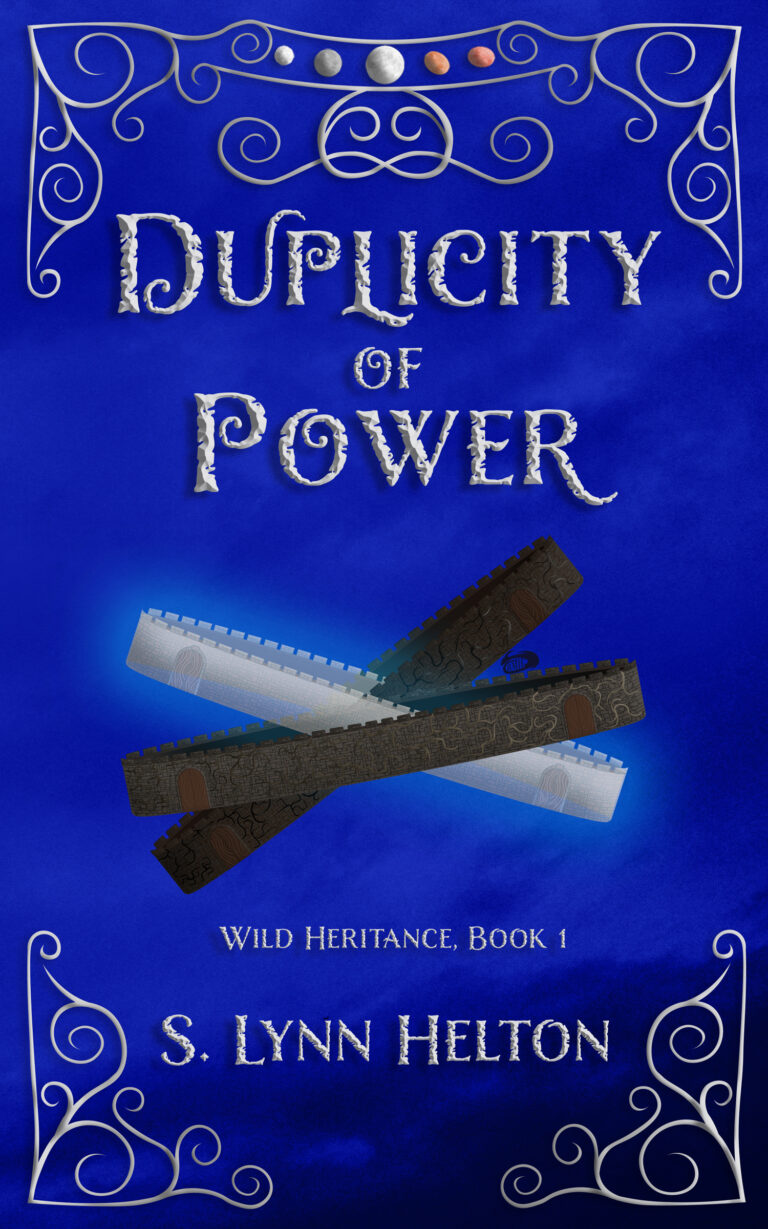Dialogue is one of the most powerful tools in an author’s arsenal. It reveals character, advances the plot, and provides a unique rhythm to the narrative. However, crafting dialogue that feels both natural and impactful can be challenging. In this article, we’ll explore how to write realistic dialogue that captures the essence of your characters and strengthens your storytelling.
1. Know Your Characters Inside and Out
Before you begin writing dialogue, it’s essential to have a deep understanding of your characters. Their background, personality, motivations, and emotional state should all influence how they speak.
For example, a character who is introverted may speak in short, measured sentences, while an extroverted character might use more expressive language and elaborate descriptions. The more you know your character’s internal world, the more authentic their voice will feel.
Tip: Write a character profile to capture details like their education, social status, region of origin, and personal quirks. This can help guide the tone, vocabulary, and speech patterns they would naturally use.
2. Listen to Real Conversations
One of the best ways to improve your dialogue writing is to listen to how people actually speak. Pay attention to how conversations unfold in real life—how people interrupt each other, use pauses, and often fail to finish sentences. In real conversations, things aren’t always perfectly structured or grammatically correct, and this creates a sense of realism and tension.
Tip: Record your own conversations or simply observe those around you. Notice the rhythms of speech, slang, and how emotions influence the way people talk.
3. Show, Don’t Tell
One of the classic rules of writing is to show, not tell. This applies to dialogue as well. Instead of having a character explicitly state their emotions, show it through their speech and body language.
For example:
Telling: “Jessica was furious with Emily for betraying her trust.” “How could you do this to me?” Jessica demanded.
Showing: Jessica’s finger jutted out toward Emily, her voice sharp. “You think this is okay?” Emily stood tall, her hands tucked behind her back, a smug smile playing on her lips. “I think you’re overreacting.” Jessica’s eyes narrowed, her voice trembling with frustration. “You lied to me, Emily!” Emily shrugged nonchalantly, her smile widening. “Maybe I did. But it seems like you’ve got a lot of secrets of your own.”
Notice how the second example allows the reader to feel the emotion through the character’s words and actions, rather than simply being told about it.
Tip: Use dialogue to reveal emotions, tension, and subtext. Let the characters’ words reflect their state of mind, rather than outright stating it.
4. Use Subtext to Add Depth
Not every conversation needs to be straightforward. Often, what makes dialogue compelling is the subtext—the things that aren’t being said but are implied. This adds depth to conversations and creates intrigue.
For example, two characters might be discussing a party, but beneath the surface, one might be avoiding an uncomfortable topic, or perhaps there is unspoken jealousy or resentment. The real meaning of their conversation might not be apparent at first glance.
Tip: Think about what your characters aren’t saying. What are they avoiding? What emotions are they trying to hide? Let these elements peek through the cracks in their words.
5. Vary Sentence Structure and Pacing
One of the biggest mistakes writers make is having all their characters speak in the same rhythm. This can make the dialogue sound flat and lifeless. Different characters should have different ways of speaking, influenced by their background, personality, and emotional state.
A fast-paced conversation might feature short, punchy sentences, while a more reflective dialogue could include longer, more complex ones. Think about how characters react to situations and adapt their speech accordingly.
Tip: Experiment with the length and structure of your sentences to match the mood or tone of the conversation. Short sentences can create tension, while longer ones can build atmosphere or allow for reflection.
6. Avoid Info-Dumping in Dialogue
Sometimes, writers fall into the trap of using dialogue to explain things that the reader should already know. This is often called “info-dumping.” While it might seem like a convenient way to convey important information, it can break the flow of the conversation and feel unnatural.
Instead of having characters explain things to each other that they would already know, try to show the information through action or context. If you must include exposition, try to weave it in subtly through the characters’ actions or reactions.
Tip: Remember, your characters are having conversations, not giving lectures. Try to make the dialogue serve both the character’s personality and the plot.
7. Embrace Silence and Interruptions
In real life, conversations are often messy. People talk over each other, pause, or leave things unsaid. Don’t feel the need to fill every silence with words. Sometimes, what a character doesn’t say is just as important as what they do say. Pauses, interruptions, or unfinished thoughts can create tension and push the narrative forward.
Tip: Don’t be afraid to let characters leave things unsaid. A long pause or a conversation that’s cut off midway can speak volumes and leave the reader wanting more.
8. Keep It Natural
Above all, your dialogue should sound natural. If your characters’ conversations feel stilted or overly formal, it can pull the reader out of the story. Read your dialogue out loud to see if it flows naturally. If you stumble over a sentence or feel like it doesn’t sound like something a real person would say, revise it.
Tip: When you read your dialogue aloud, listen for awkward phrasing or overly complex sentences. Make sure your characters sound like they’re having real conversations.
Conclusion
Writing compelling dialogue is an art that takes practice, but when done well, it can breathe life into your characters and elevate your storytelling. By understanding your characters, listening to real conversations, and paying attention to the nuances of speech, you can create dialogue that feels both natural and engaging. Remember, the best dialogue not only moves the plot forward but also reveals the complexities of your characters and their emotions. With these tips in mind, you’ll be well on your way to mastering the art of writing dialogue.
What’s your go-to trick for making dialogue feel natural and engaging? Do you have a favorite technique for bringing your characters’ voices to life? Follow us on Facebook and Instagram for more insights, and share your stories in the comments!











